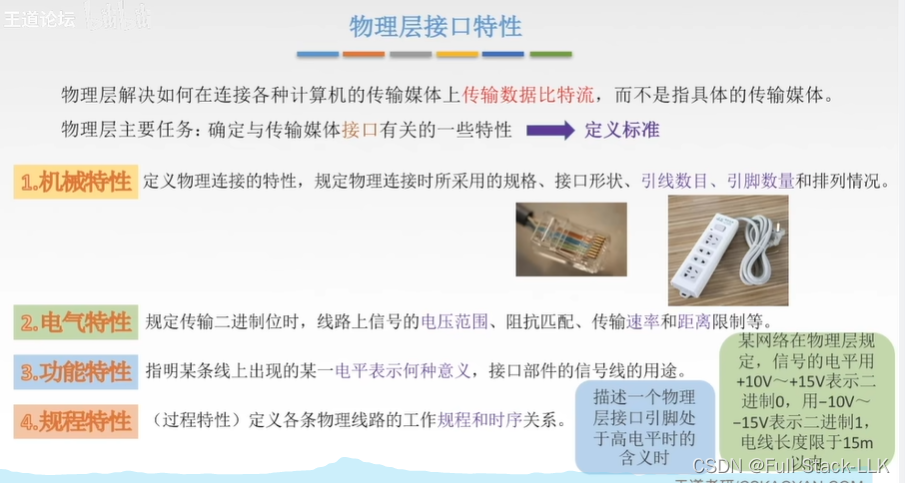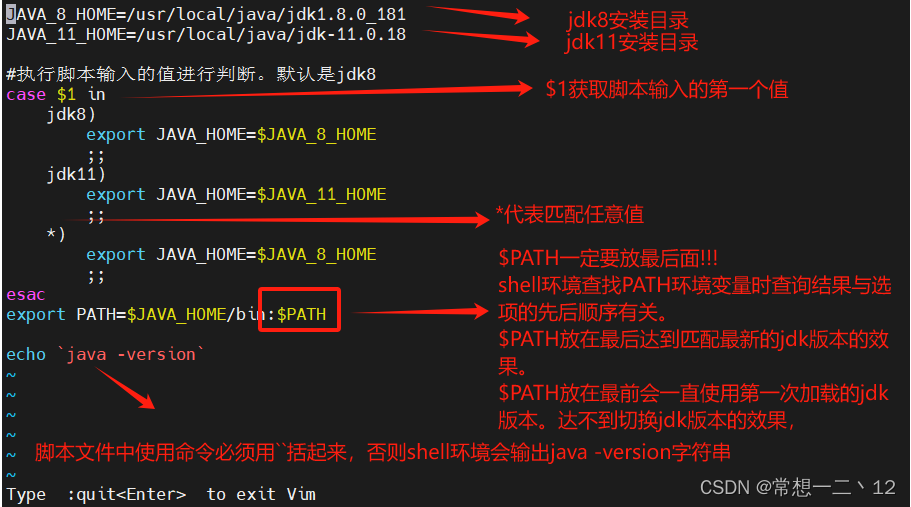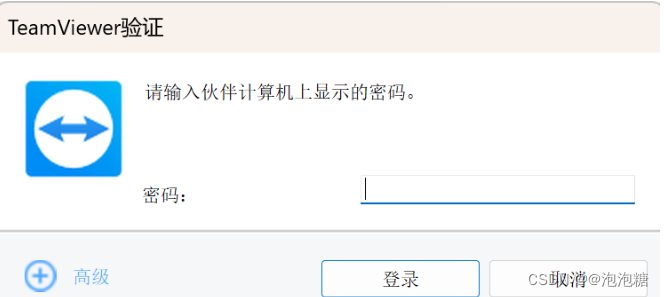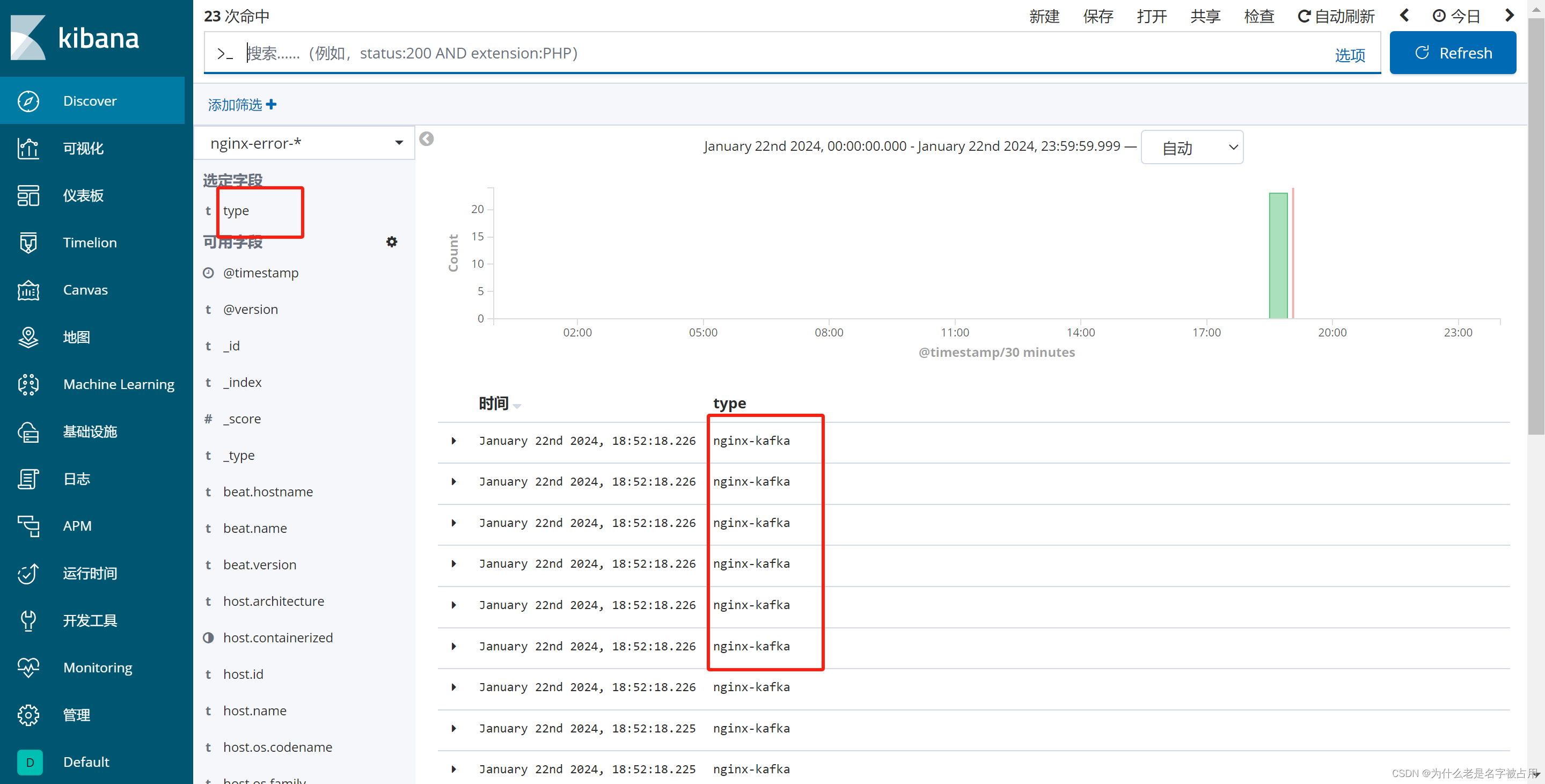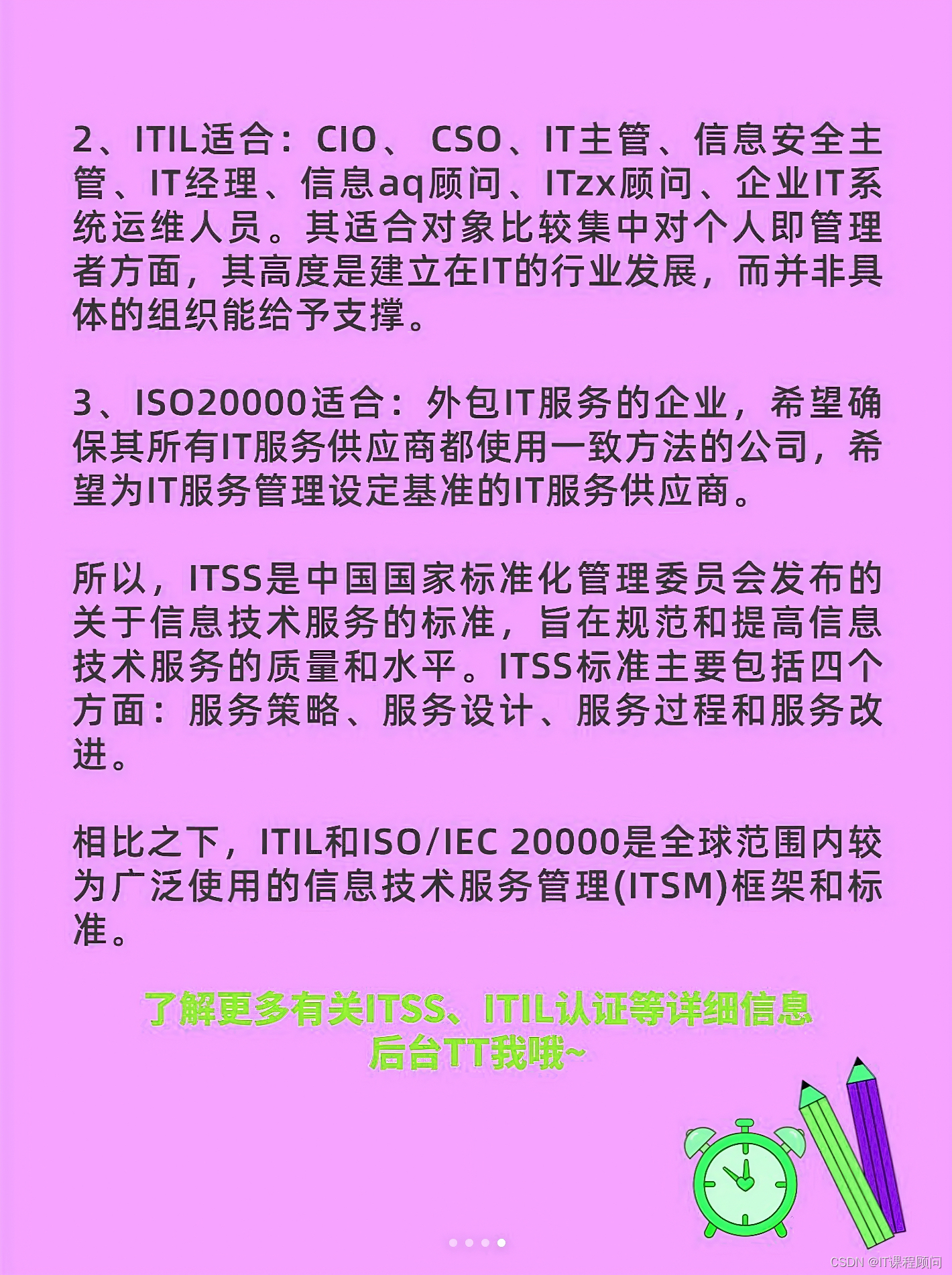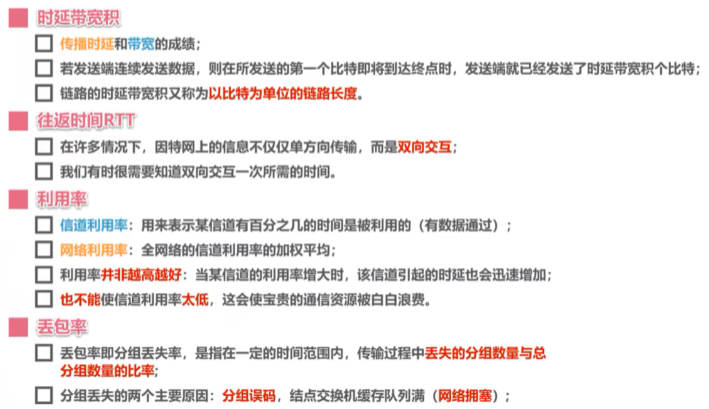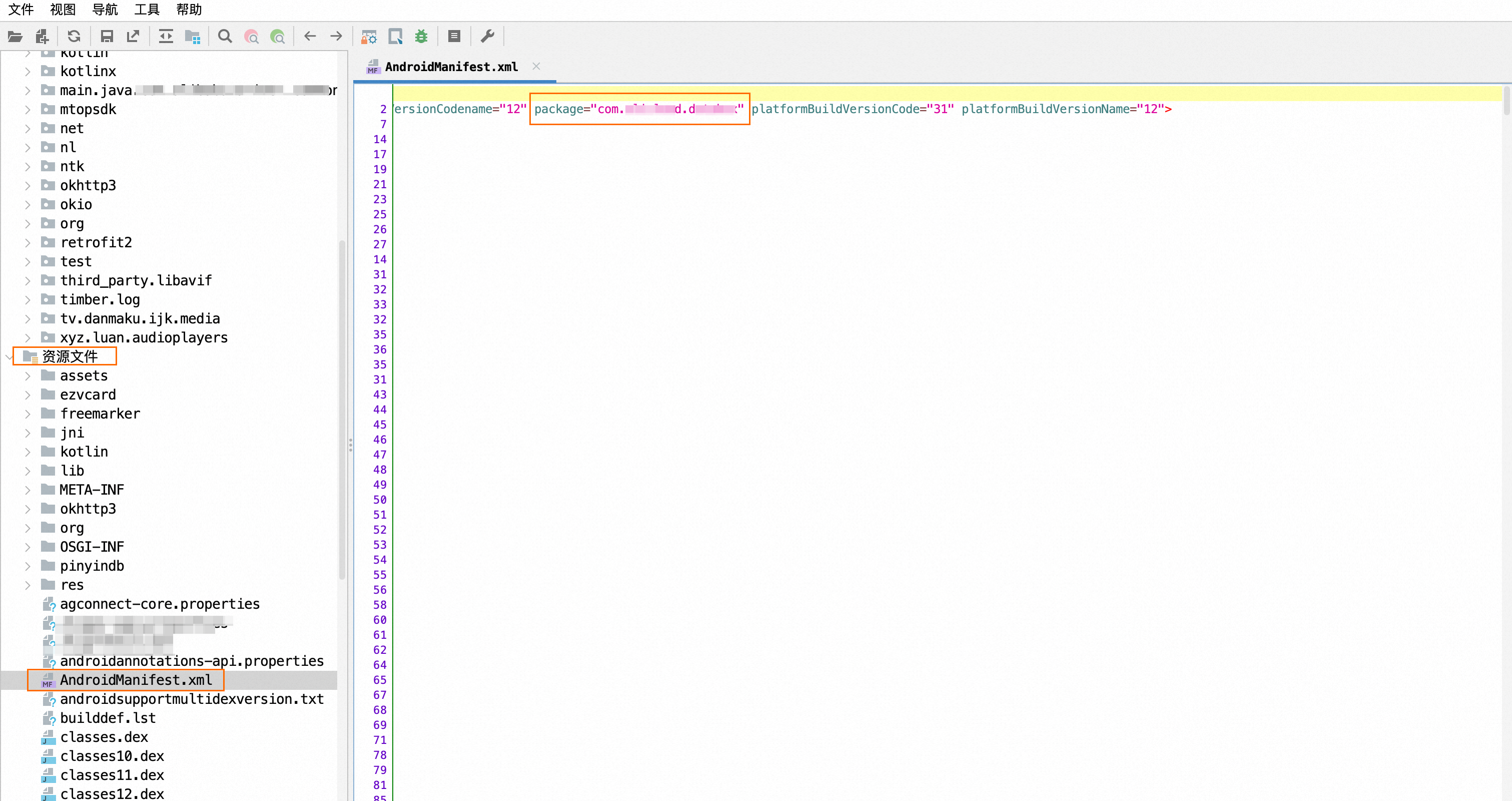本专栏记录C++学习过程包括C++基础以及数据结构和算法,其中第一部分计划时间一个月,主要跟着黑马视频教程,学习路线如下,不定时更新,欢迎关注。
当前章节处于:
---------第1阶段-C++基础入门
---------第2阶段实战-通讯录管理系统,
---------第3阶段-C++核心编程,
---------第4阶段实战-基于多态的企业职工系统
=====>第5阶段-C++提高编程
---------第6阶段实战-基于STL泛化编程的演讲比赛
---------第7阶段-C++实战项目机房预约管理系统
文章目录
- 一、STL初识
- 二、 string 容器
- 2.1 string构造函数
- 2.2 string赋值操作
- 2.3 string字符串拼接
- 2.4 string查找和替换
- 2.5 string字符串比较
- 2.6 string字符存取
- 2.7 string插入和删除
- 2.8 string子串
- 三、Vector容器
- 3.1 基本概念
- 3.2 vector构造函数
- 3.3 vector赋值操作
- 3.4 vector容量和大小
- 3.5 vector插入和删除
- 3.6 vector数据存取
- 3.7 vector互换容器
- 3.8 vector预留空间
一、STL初识
长久以来,软件界一致希望简历一种可重复利用的东西,C++面向对象和泛型编程的思想,目的就是复用性的提升,大多情况下数据结构和算法都未能有一套标准,导致大量重复性工作的产生,为了建立数据结构和算法的一套标准,诞生了STL
STL (Standard Template Library,标准模板库)
STL从广义上分为
-
容器(container)
- 序列式容器:强调值的排序,序列式容器中的每个元素均有固定的位置
- 关联式容器:二叉树结构,各元素之间没有严格的物理上的顺序关系
-
算法(algorithm)
- 质变算法:运算过程中会更改区间内的元素内容,比如拷贝、替换、删除等
- 非质变算法:运算过程中不会更改区间内的元素内容,比如查找、计数、遍历、寻找极值等
-
迭代器(iterator)
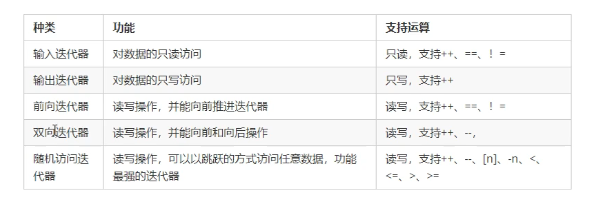
容器和算法之间通过迭代器进行无缝连接,STL几乎所有代码都采用了模板类或者模板函数。
stl大体分为六大组件,分别是:容器、算法、迭代器、仿函数、适配器(配接器)、空间配置器。
- 容器:各种数据结构,如vector、list、deque、set、map等用来存放数据
- 算法:各种常用的算法,sort、find、copy、for_each等
- 迭代器:扮演了容器和算法之间的胶合剂
- 仿函数“行为类似函数,可作为算法的某种策略
- 适配器:一种用来修饰容器或者仿函数或者迭代器接口的东西
- 空间配置器:负责空间的配置和管理。
#include <iostream>
using namespace std;
#include <vector>
#include <algorithm>
void myprint(int num) {
cout << num << endl;
}
int main() {
// 创建容器
vector<int> v;
// 向容器中添加元素
v.push_back(10);
v.push_back(20);
v.push_back(30);
v.push_back(40);
// 遍历容器
// 方法一
for (vector<int>::iterator it = v.begin(); it != v.end(); it++) {
cout << *it << endl;
}
// 方法二
for_each(v.begin(), v.end(), myprint);
system("pause");
return 0;
}
10
20
30
40
10
20
30
40
请按任意键继续. . .
二、 string 容器
string 是C++风格的字符串,本质是一个类
string和char * 区别:
- char * 是一个指针
- string是一个类,类内部封装了char*,管理这个字符串,是一个char*型的容器。
特点:
string 类内部封装了很多成员方法
例如:查找find,拷贝copy,删除delete 替换replace,插入insert
string管理char*所分配的内存,不用担心复制越界和取值越界等,由类内部进行负责
2.1 string构造函数
构造函数原型:
string();//创建一个空的字符串 例如: string str;
string(const char* s);//使用字符串s初始化string(const string& str);//使用一个string对象初始化另一个string对象string(int n, char c);//使用n个字符c初始化
#include <iostream>
using namespace std;
int main() {
string s1; //创建空字符串,调用无参构造函数
cout << "str1 = " << s1 << endl;
const char* str = "hello world";
string s2(str); //把c_string转换成了string
cout << "str2 = " << s2 << endl;
string s3(s2); //调用拷贝构造函数
cout << "str3 = " << s3 << endl;
string s4(10, 'a');
cout << "str3 = " << s3 << endl;
system("pause");
return 0;
}
str1 =
str2 = hello world
str3 = hello world
str3 = hello world
请按任意键继续. . .
2.2 string赋值操作
给字符串赋值,赋值的函数原型:
string& operator=(const char* s);//char*类型字符串 赋值给当前的字符串string& operator=(const string &s);//把字符串s赋给当前的字符串string& operator=(char c);//字符赋值给当前的字符串string& assign(const char *s);//把字符串s赋给当前的字符串string& assign(const char *s, int n);//把字符串s的前n个字符赋给当前的字符串string& assign(const string &s);//把字符串s赋给当前字符串string& assign(int n, char c);//用n个字符c赋给当前字符串
#include <iostream>
using namespace std;
int main() {
string str1;
str1 = "hello world";
cout << "str1 = " << str1 << endl;
string str2;
str2 = str1;
cout << "str2 = " << str2 << endl;
string str3;
str3 = 'a';
cout << "str3 = " << str3 << endl;
string str4;
str4.assign("hello c++");
cout << "str4 = " << str4 << endl;
string str5;
str5.assign("hello c++", 5);
cout << "str5 = " << str5 << endl;
string str6;
str6.assign(str5);
cout << "str6 = " << str6 << endl;
string str7;
str7.assign(5, 'x');
cout << "str7 = " << str7 << endl;
system("pause");
return 0;
}
str1 = hello world
str2 = hello world
str3 = a
str4 = hello c++
str5 = hello
str6 = hello
str7 = xxxxx
请按任意键继续. . .
2.3 string字符串拼接
函数原型:
string& operator+=(const char* str);//重载+=操作符string& operator+=(const char c);//重载+=操作符string& operator+=(const string& str);//重载+=操作符string& append(const char *s);//把字符串s连接到当前字符串结尾string& append(const char *s, int n);//把字符串s的前n个字符连接到当前字符串结尾string& append(const string &s);//同operator+=(const string& str)string& append(const string &s, int pos, int n);//字符串s中从pos开始的n个字符连接到字符串结尾
#include <iostream>
using namespace std;
int main() {
string str1 = "我";
str1 += "爱玩游戏";
cout << "str1 = " << str1 << endl;
str1 += ':';
cout << "str1 = " << str1 << endl;
string str2 = "LOL DNF";
str1 += str2;
cout << "str1 = " << str1 << endl;
string str3 = "I";
str3.append(" love ");
str3.append("game abcde", 4);
//str3.append(str2);
str3.append(str2, 4, 3); // 从下标4位置开始 ,截取3个字符,拼接到字符串末尾
cout << "str3 = " << str3 << endl;
system("pause");
return 0;
}
str1 = 我爱玩游戏
str1 = 我爱玩游戏:
str1 = 我爱玩游戏:LOL DNF
str3 = I love gameDNF
请按任意键继续. . .
2.4 string查找和替换
查找是找指定字符串是否存在,替换是替换掉指定字符串
函数原型:
int find(const string& str, int pos = 0) const;//查找str第一次出现位置,从pos开始查找int find(const char* s, int pos = 0) const;//查找s第一次出现位置,从pos开始查找int find(const char* s, int pos, int n) const;//从pos位置查找s的前n个字符第一次位置int find(const char c, int pos = 0) const;//查找字符c第一次出现位置int rfind(const string& str, int pos = npos) const;//查找str最后一次位置,从pos开始查找int rfind(const char* s, int pos = npos) const;//查找s最后一次出现位置,从pos开始查找int rfind(const char* s, int pos, int n) const;//从pos查找s的前n个字符最后一次位置int rfind(const char c, int pos = 0) const;//查找字符c最后一次出现位置string& replace(int pos, int n, const string& str);//替换从pos开始n个字符为字符串strstring& replace(int pos, int n,const char* s);//替换从pos开始的n个字符为字符串s
#include <iostream>
using namespace std;
//查找和替换
void test01()
{
//查找
string str1 = "abcdefgde";
int pos = str1.find("de");
if (pos == -1)
{
cout << "未找到" << endl;
}
else
{
cout << "pos = " << pos << endl;
}
pos = str1.rfind("de");
cout << "pos = " << pos << endl;
}
void test02()
{
//替换
string str1 = "abcdefgde";
str1.replace(1, 3, "1111");
cout << "str1 = " << str1 << endl;
}
int main() {
test01();
test02();
system("pause");
return 0;
}
pos = 3
pos = 7
str1 = a1111efgde
请按任意键继续. . .
总结:
- find查找是从左往后,rfind从右往左
- find找到字符串后返回查找的第一个字符位置,找不到返回-1
- replace在替换时,要指定从哪个位置起,多少个字符,替换成什么样的字符串
2.5 string字符串比较
功能描述:
- 字符串之间的比较
比较方式:
- 字符串比较是按字符的ASCII码进行对比
= 返回 0
> 返回 1
< 返回 -1
函数原型:
int compare(const string &s) const;//与字符串s比较int compare(const char *s) const;//与字符串s比较
#include <iostream>
using namespace std;
//字符串比较
void test01()
{
string s1 = "hello";
string s2 = "aello";
int ret = s1.compare(s2);
if (ret == 0) {
cout << "s1 等于 s2" << endl;
}
else if (ret > 0)
{
cout << "s1 大于 s2" << endl;
}
else
{
cout << "s1 小于 s2" << endl;
}
}
int main() {
test01();
system("pause");
return 0;
}
s1 大于 s2
请按任意键继续. . .
总结:字符串对比主要是用于比较两个字符串是否相等,判断谁大谁小的意义并不是很大
2.6 string字符存取
string中单个字符存取方式有两种
char& operator[](int n);//通过[]方式取字符char& at(int n);//通过at方法获取字符
#include <iostream>
using namespace std;
void test01()
{
string str = "hello world";
for (int i = 0; i < str.size(); i++)
{
cout << str[i] << " ";
}
cout << endl;
for (int i = 0; i < str.size(); i++)
{
cout << str.at(i) << " ";
}
cout << endl;
//字符修改
str[0] = 'x';
str.at(1) = 'x';
cout << str << endl;
}
int main() {
test01();
system("pause");
return 0;
}
h e l l o w o r l d
h e l l o w o r l d
xxllo world
请按任意键继续. . .
在这里插入代码片
总结:string字符串中单个字符存取有两种方式,利用 [ ] 或 at
2.7 string插入和删除
功能描述:
- 对string字符串进行插入和删除字符操作
函数原型:
string& insert(int pos, const char* s);//插入字符串string& insert(int pos, const string& str);//插入字符串string& insert(int pos, int n, char c);//在指定位置插入n个字符cstring& erase(int pos, int n = npos);//删除从Pos开始的n个字符
#include <iostream>
using namespace std;
//字符串插入和删除
void test01()
{
string str = "hello";
str.insert(1, "111");
cout << str << endl;
str.erase(1, 3); //从1号位置开始3个字符
cout << str << endl;
}
int main() {
test01();
system("pause");
return 0;
}
h111ello
hello
请按任意键继续. . .
**总结:**插入和删除的起始下标都是从0开始
2.8 string子串
功能描述:
- 从字符串中获取想要的子串
函数原型:
string substr(int pos = 0, int n = npos) const;//返回由pos开始的n个字符组成的字符串
#include <iostream>
using namespace std;
//子串
void test01()
{
string str = "abcdefg";
string subStr = str.substr(1, 3);
cout << "subStr = " << subStr << endl;
string email = "hello@sina.com";
int pos = email.find("@");
string username = email.substr(0, pos);
cout << "username: " << username << endl;
}
int main() {
test01();
system("pause");
return 0;
}
subStr = bcd
username: hello
请按任意键继续. .
总结:灵活的运用求子串功能,可以在实际开发中获取有效的信息
三、Vector容器
3.1 基本概念
vector数据结构和数组非常相似,也称为单端数组,不同之处在于数组是静态空间,而vector可以动态扩展,动态扩展机制 并不是在原空间之后续接新空间,而是找更大的内存空间,然后将原数据拷贝新空间,释放原空间。vector容器的迭代器是支持随机访问的迭代器。
3.2 vector构造函数
功能描述:
- 创建vector容器
函数原型:
vector<T> v;//采用模板实现类实现,默认构造函数vector(v.begin(), v.end());//将v[begin(), end())区间中的元素拷贝给本身。vector(n, elem);//构造函数将n个elem拷贝给本身。vector(const vector &vec);//拷贝构造函数。
示例:
#include <iostream>
using namespace std;
#include <vector>
void printVector(vector<int>& v) {
for (vector<int>::iterator it = v.begin(); it != v.end(); it++) {
cout << *it << " ";
}
cout << endl;
}
void test01()
{
vector<int> v1; //无参构造
for (int i = 0; i < 10; i++)
{
v1.push_back(i);
}
printVector(v1);
vector<int> v2(v1.begin(), v1.end());
printVector(v2);
vector<int> v3(10, 100);// 10个100
printVector(v3);
vector<int> v4(v3);
printVector(v4);
}
int main() {
test01();
system("pause");
return 0;
}
0 1 2 3 4 5 6 7 8 9
0 1 2 3 4 5 6 7 8 9
100 100 100 100 100 100 100 100 100 100
100 100 100 100 100 100 100 100 100 100
请按任意键继续. . .
总结: vector的多种构造方式没有可比性,灵活使用即可
3.3 vector赋值操作
功能描述:
- 给vector容器进行赋值
函数原型:
-
vector& operator=(const vector &vec);//重载等号操作符 -
assign(beg, end);//将[beg, end)区间中的数据拷贝赋值给本身。 -
assign(n, elem);//将n个elem拷贝赋值给本身。
示例:
#include <iostream>
using namespace std;
#include <vector>
void printVector(vector<int>& v) {
for (vector<int>::iterator it = v.begin(); it != v.end(); it++) {
cout << *it << " ";
}
cout << endl;
}
//赋值操作
void test01()
{
vector<int> v1; //无参构造
for (int i = 0; i < 10; i++)
{
v1.push_back(i);
}
printVector(v1);
vector<int>v2;
v2 = v1;
printVector(v2);
vector<int>v3;
v3.assign(v1.begin(), v1.end());
printVector(v3);
vector<int>v4;
v4.assign(10, 100);
printVector(v4);
}
int main() {
test01();
system("pause");
return 0;
}
0 1 2 3 4 5 6 7 8 9
0 1 2 3 4 5 6 7 8 9
0 1 2 3 4 5 6 7 8 9
100 100 100 100 100 100 100 100 100 100
请按任意键继续. . .
总结: vector赋值方式比较简单,使用operator=,或者assign都可以
3.4 vector容量和大小
功能描述:
- 对vector容器的容量和大小操作
函数原型:
-
empty();//判断容器是否为空 -
capacity();//容器的容量 -
size();//返回容器中元素的个数 -
resize(int num);//重新指定容器的长度为num,若容器变长,则以默认值填充新位置。 //如果容器变短,则末尾超出容器长度的元素被删除。
-
resize(int num, elem);//重新指定容器的长度为num,若容器变长,则以elem值填充新位置。 //如果容器变短,则末尾超出容器长度的元素被删除
示例:
#include <iostream>
using namespace std;
#include <vector>
void printVector(vector<int>& v) {
for (vector<int>::iterator it = v.begin(); it != v.end(); it++) {
cout << *it << " ";
}
cout << endl;
}
void test01()
{
vector<int> v1;
for (int i = 0; i < 10; i++)
{
v1.push_back(i);
}
printVector(v1);
if (v1.empty())
{
cout << "v1为空" << endl;
}
else
{
cout << "v1不为空" << endl;
cout << "v1的容量 = " << v1.capacity() << endl;
cout << "v1的大小 = " << v1.size() << endl;
}
//resize 重新指定大小 ,若指定的更大,默认用0填充新位置,可以利用重载版本替换默认填充
v1.resize(15, 10);
printVector(v1);
//resize 重新指定大小 ,若指定的更小,超出部分元素被删除
v1.resize(5);
printVector(v1);
}
int main() {
test01();
system("pause");
return 0;
}
0 1 2 3 4 5 6 7 8 9
v1不为空
v1的容量 = 13
v1的大小 = 10
0 1 2 3 4 5 6 7 8 9 10 10 10 10 10
0 1 2 3 4
请按任意键继续. . .
总结:
- 判断是否为空 — empty
- 返回元素个数 — size
- 返回容器容量 — capacity
- 重新指定大小 — resize
3.5 vector插入和删除
功能描述:
- 对vector容器进行插入、删除操作
函数原型:
push_back(ele);//尾部插入元素elepop_back();//删除最后一个元素insert(const_iterator pos, ele);//迭代器指向位置pos插入元素eleinsert(const_iterator pos, int count,ele);//迭代器指向位置pos插入count个元素eleerase(const_iterator pos);//删除迭代器指向的元素erase(const_iterator start, const_iterator end);//删除迭代器从start到end之间的元素clear();//删除容器中所有元素
示例:
#include <iostream>
using namespace std;
#include <vector>
void printVector(vector<int>& v) {
for (vector<int>::iterator it = v.begin(); it != v.end(); it++) {
cout << *it << " ";
}
cout << endl;
}
//插入和删除
void test01()
{
vector<int> v1;
//尾插
v1.push_back(10);
v1.push_back(20);
v1.push_back(30);
v1.push_back(40);
v1.push_back(50);
printVector(v1);
//尾删
v1.pop_back();
printVector(v1);
//插入
v1.insert(v1.begin(), 100);
printVector(v1);
v1.insert(v1.begin(), 2, 1000); // 插入两个1000
printVector(v1);
//删除
v1.erase(v1.begin());
printVector(v1);
//清空
v1.erase(v1.begin(), v1.end());
v1.clear();
printVector(v1);
}
int main() {
test01();
system("pause");
return 0;
}
10 20 30 40 50
10 20 30 40
100 10 20 30 40
1000 1000 100 10 20 30 40
1000 100 10 20 30 40
请按任意键继续. . .
总结:
- 尾插 — push_back
- 尾删 — pop_back
- 插入 — insert (位置迭代器)
- 删除 — erase (位置迭代器)
- 清空 — clear
3.6 vector数据存取
功能描述:
- 对vector中的数据的存取操作
函数原型:
at(int idx);//返回索引idx所指的数据operator[];//返回索引idx所指的数据front();//返回容器中第一个数据元素back();//返回容器中最后一个数据元素
示例:
#include <iostream>
using namespace std;
#include <vector>
void test01()
{
vector<int>v1;
for (int i = 0; i < 10; i++)
{
v1.push_back(i);
}
for (int i = 0; i < v1.size(); i++)
{
cout << v1[i] << " ";
}
cout << endl;
for (int i = 0; i < v1.size(); i++)
{
cout << v1.at(i) << " ";
}
cout << endl;
cout << "v1的第一个元素为: " << v1.front() << endl;
cout << "v1的最后一个元素为: " << v1.back() << endl;
}
int main() {
test01();
system("pause");
return 0;
}
0 1 2 3 4 5 6 7 8 9
0 1 2 3 4 5 6 7 8 9
v1的第一个元素为: 0
v1的最后一个元素为: 9
请按任意键继续. . .
总结:
- 除了用迭代器获取vector容器中元素,[ ]和at也可以
- front返回容器第一个元素
- back返回容器最后一个元素
3.7 vector互换容器
功能描述:
- 实现两个容器内元素进行互换
函数原型:
swap(vec);// 将vec与本身的元素互换
示例:
#include <iostream>
using namespace std;
#include <vector>
void printVector(vector<int>& v) {
for (vector<int>::iterator it = v.begin(); it != v.end(); it++) {
cout << *it << " ";
}
cout << endl;
}
void test01()
{
vector<int>v1;
for (int i = 0; i < 10; i++)
{
v1.push_back(i);
}
printVector(v1);
vector<int>v2;
for (int i = 10; i > 0; i--)
{
v2.push_back(i);
}
printVector(v2);
//互换容器
cout << "互换后" << endl;
v1.swap(v2);
printVector(v1);
printVector(v2);
}
void test02()
{
vector<int> v;
for (int i = 0; i < 100000; i++) {
v.push_back(i);
}
cout << "v的容量为:" << v.capacity() << endl;
cout << "v的大小为:" << v.size() << endl;
v.resize(3);
cout << "v的容量为:" << v.capacity() << endl;
cout << "v的大小为:" << v.size() << endl;
//收缩内存
vector<int>(v).swap(v); //匿名对象,会根据v.size去创建一个匿名函数
cout << "v的容量为:" << v.capacity() << endl;
cout << "v的大小为:" << v.size() << endl;
}
int main() {
test01();
test02();
system("pause");
return 0;
}
0 1 2 3 4 5 6 7 8 9
10 9 8 7 6 5 4 3 2 1
互换后
10 9 8 7 6 5 4 3 2 1
0 1 2 3 4 5 6 7 8 9
v的容量为:138255
v的大小为:100000
v的容量为:138255
v的大小为:3
v的容量为:3
v的大小为:3
请按任意键继续. . .
总结:swap可以使两个容器互换,可以达到实用的收缩内存效果
3.8 vector预留空间
功能描述:
- 减少vector在动态扩展容量时的扩展次数
函数原型:
reserve(int len);//容器预留len个元素长度,预留位置不初始化,元素不可访问。
示例:
#include <iostream>
using namespace std;
#include <vector>
void test01()
{
vector<int> v;
//预留空间
v.reserve(100000);
int num = 0;
int* p = NULL;
for (int i = 0; i < 100000; i++) {
v.push_back(i);
if (p != &v[0]) {
p = &v[0];
num++;
}
}
cout << "num:" << num << endl;
}
int main() {
test01();
system("pause");
return 0;
}
num:1
请按任意键继续. . .
总结:如果数据量较大,可以一开始利用reserve预留空间
